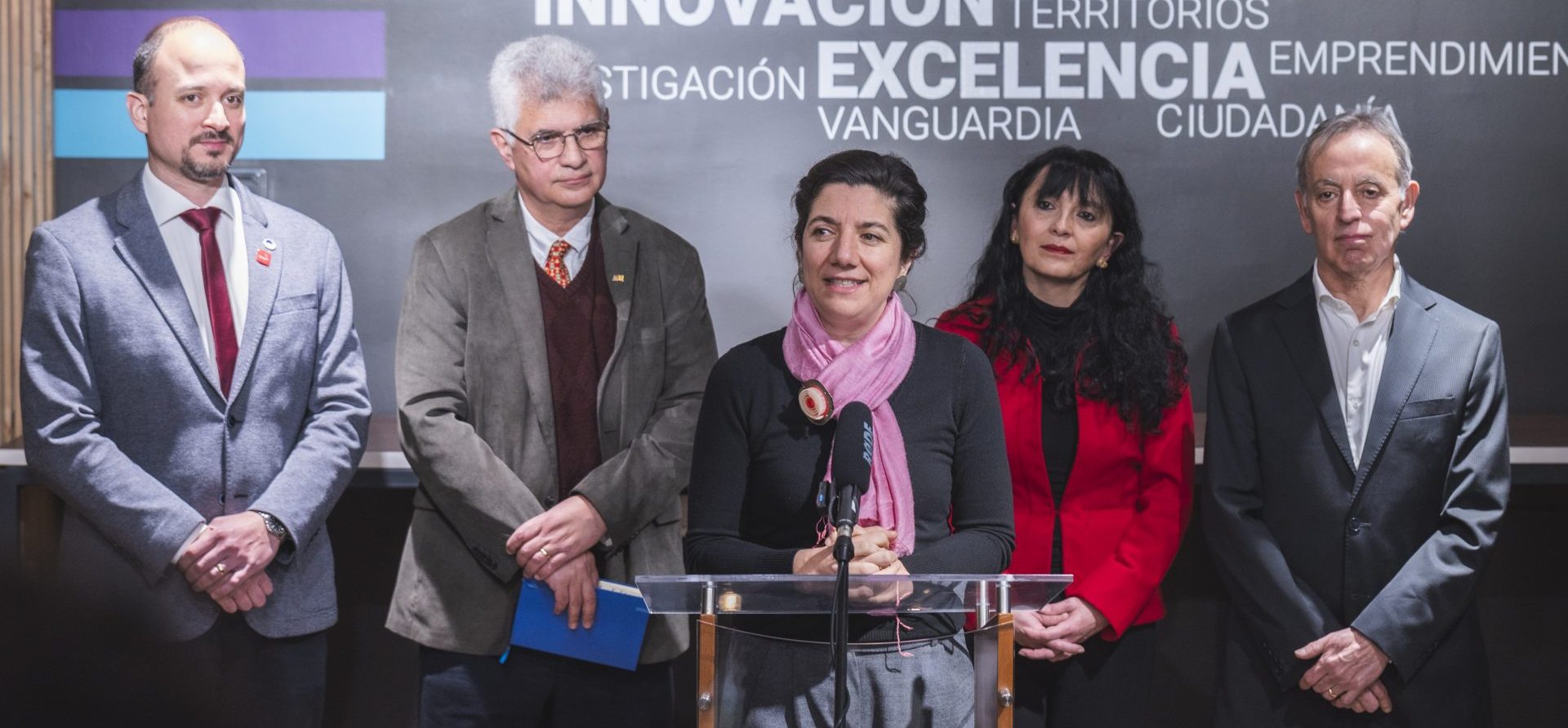
After a thorough analysis of its geographical and astronomical conditions, as well as the construction costs and risks of the candidate countries, the international steering committee of the SWGO project decided to establish its new detector complex in our country, to be located in the Atacama Astronomical Park.
More than three years of coordination and negotiations were necessary for the international collaboration Southern Wide-field Gamma-ray Observatory (SWGO), composed of 15 countries and over 200 scientists, to finally decide to build its new scientific instrument in Chile: a complex of detectors distributed over approximately 1 square kilometer, which, at an altitude above 4,700 meters above sea level, will provide broad and continuous coverage of the universe from the southern hemisphere.

In this part of the planet, astronomical observation holds an advantage: only from here is it possible to observe the center of the galaxy, offering an unmatched opportunity to study its phenomena. This led SWGO to consider locations in Argentina, Peru, and Chile for its placement, ultimately deciding that the Pampa La Bola area, in the Atacama Astronomical Park, will host the new observatory, with an investment of around US$60 million from the participating scientific agencies.
A key factor in this decision was the leadership shown throughout the process by Chile’s representative on the SWGO steering committee, Claudio Dib, who is also a professor at the Federico Santa María Technical University and a researcher at the Valparaíso Scientific and Technological Center. «We are thrilled to host such a significant research infrastructure, which offers the opportunity to strengthen a rapidly growing field of science like astroparticle physics in our country and continent. The scientific community in our region, especially younger generations, will work at the highest level in collaboration with top specialists in the field worldwide,» said the researcher.
Meanwhile, the Minister of Science, Technology, Knowledge, and Innovation, Aisén Etcheverry, stated that “if there’s something that makes the eyes of both children and adults light up, it’s astronomy, especially when we explain the potential of the infrastructures being installed in Chile, which could even allow us to discover the origin of the universe.” The official also added that the country “has developed a state policy over the years to welcome these projects and increasingly participate actively in them through our scientific and technological community.”
Greater Understanding of the Universe
Gamma rays come from the most energetic and violent processes in the universe, and their observation allows us to study extreme cosmic objects like star explosions, black holes, or galaxy centers, as well as fundamental physics like the composition of dark matter.
For this exploration, SWGO will have around 3,700 water tanks specially designed and equipped with technology to detect particle cascades produced in the upper atmosphere when a gamma ray arrives from space. It will be the first facility in the southern hemisphere to study these phenomena with unprecedented precision and sensitivity, surpassing current instruments and complementing them by providing a comprehensive view of the southern sky for the most extreme gamma-ray events in the cosmos.

«One of the most interesting aspects from a technological standpoint is that this type of infrastructure is new, which brings along challenges that are also new. This implies training specialists in areas that do not yet exist locally and fostering a greater diversity of talent. Certainly, professionals from abroad will come, but this allows us to train local people and develop human capital here to work on infrastructure, instrumentation, data management, administration, and other topics. And in terms of collaboration, SWGO is also important for us because it involves a significant number of Latin American scientists from the beginning. Thus, it’s not just an infrastructure coming to the continent, but rather an infrastructure of our continent,» adds Dr. Dib.
The construction of SWGO is expected to begin in 2026, with operations starting by the end of 2030. With this, Chile will have a new instrument to explore a large portion of the sky simultaneously, offering, as nowhere else in the world, a 45° cone of aperture from the zenith for observing the universe. This, as its proponents explain, will facilitate the training of a new generation of local specialists in various disciplines such as astroparticle physics, electronics, engineering, computing, and artificial intelligence.